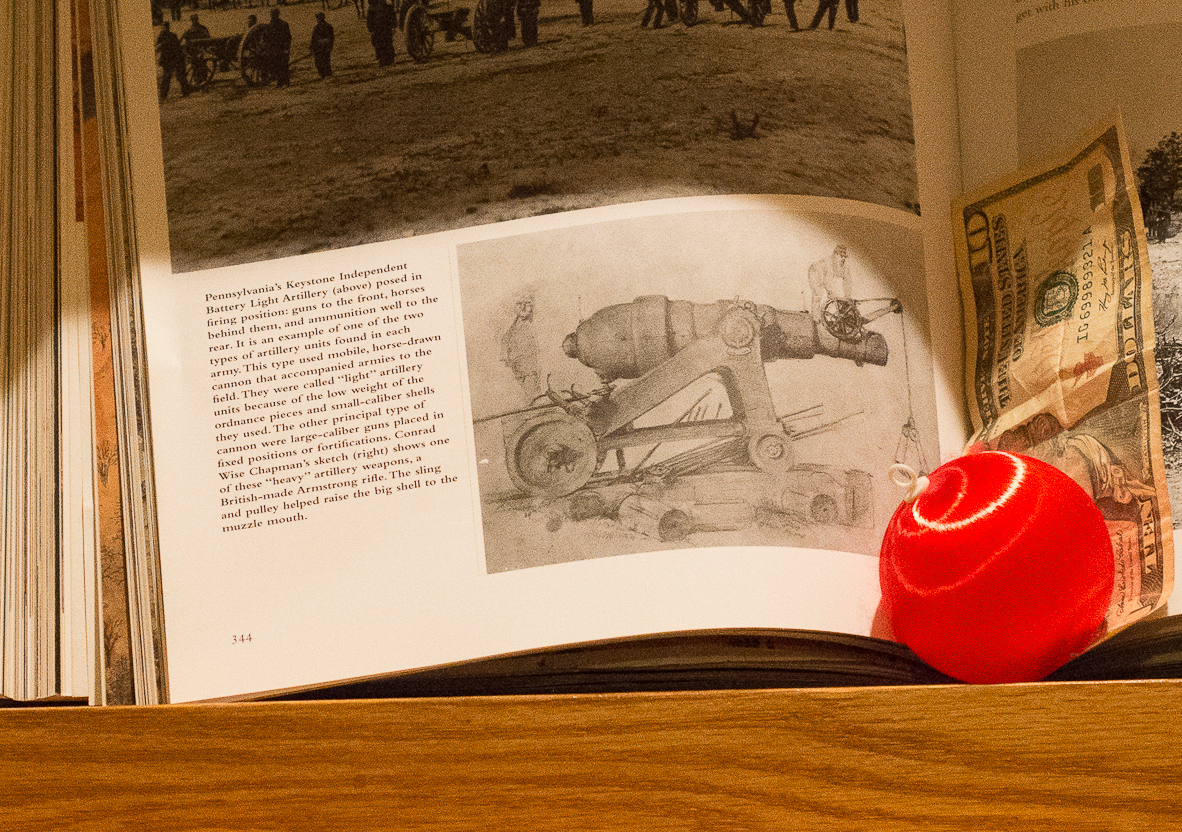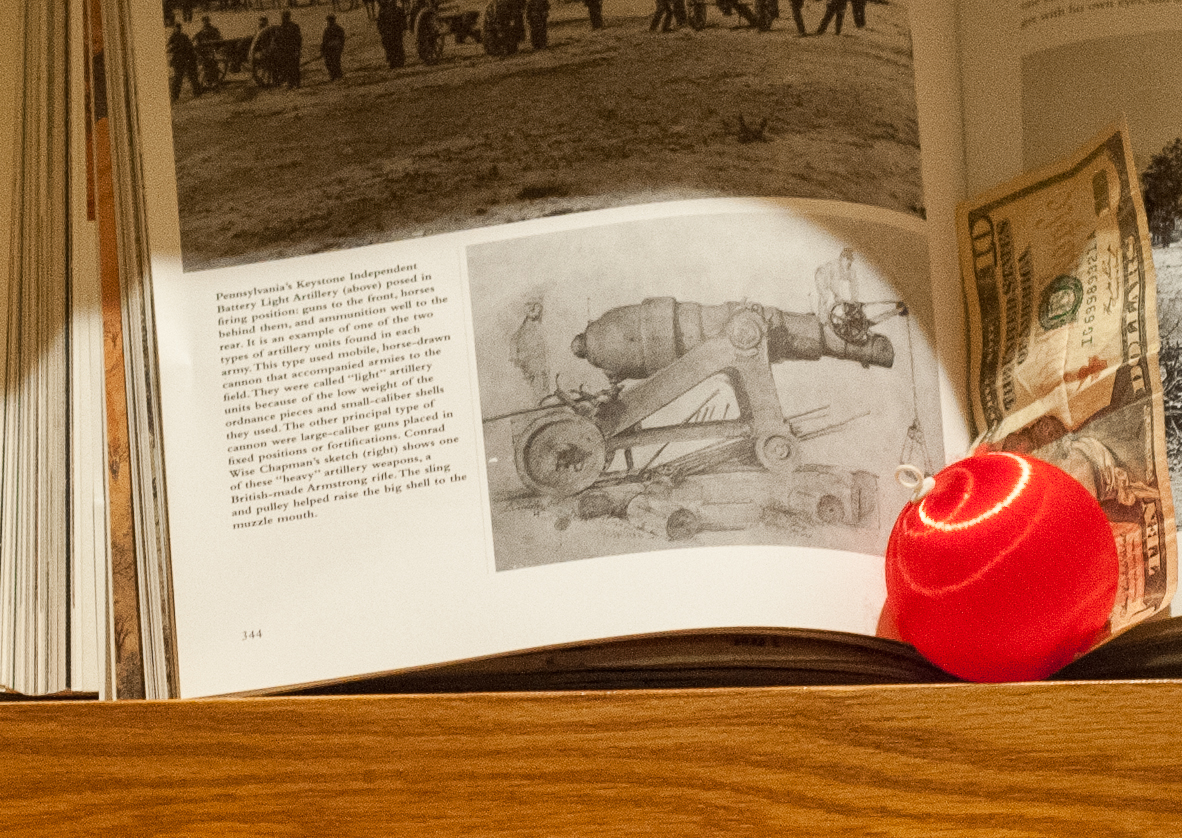 Originally posted by dtmateojr
Originally posted by dtmateojr 
This illusion of more megapickles means less noise is a dream.
It doesn't mean more resolution means less noise, it means that you can't compare image noise by looking at things at the pixel level, and in many cases more MP actually results in the same image noise. The D800 vs. D700 is a great example of that. K3 vs. K5IIs is another, although there still may a very slight noise advantage to the K5IIs because of the K3 implementation (maybe imperceptible.)
 Quote:
Quote: My D700 shoots way cleaner than my K5II.
That's not because the D700 pixels are bigger (or better,) that's because the sensor area is larger

 Quote:
Quote: My K5II shots look very similar to the D800 shots that I have seen (they are exactly the same sensor afterall).
The K5 and D7000 share the same pixel tech as the D800, but the D800 has larger area - thus, for the same FOV and shutter speed and F-stop it's image will have about a stop less noise. It's sensor area that dictates that (along with the linear aperture of the lens being used to obtain that same FOV/F-stop.) I really hope you don't start claiming that a D7000 system has exactly the same low-light capability as the D800 or A7R now

We'll need more lenses like the Sigma 18-35 f/1.8 before that could be generally true.
.
 Quote:
Quote: This argument on noise, in the end, does not really matter though. If you really have to shoot at insane ISOs it probably means that content is more important than aesthetics. If people noticed the noise in your shot, it's most likely because your shot was crap. Noise matters a lot in marketing a product but is immaterial in real photography.
I disagree. I shoot at ISO 6400 all the time, and I do end up cropping some of those shots to other dimensions, and often make prints for people. The less noise, the better, and personally I'd like to see another stop improvement in the next 5 years - I could use it.
Anyone who shoots in low-light venues would probably agree. I also think a lot of birders & sports shooters would like to be able to get really fast shutter speeds (negating the need for a tripod all the time) while maintaining minimal noise - better SNR brings that. I doubt a landscape shooter would need it as much though.
.


 Similar Threads
Similar Threads 














 Post #23 by Mr Bassie
Post #23 by Mr Bassie








